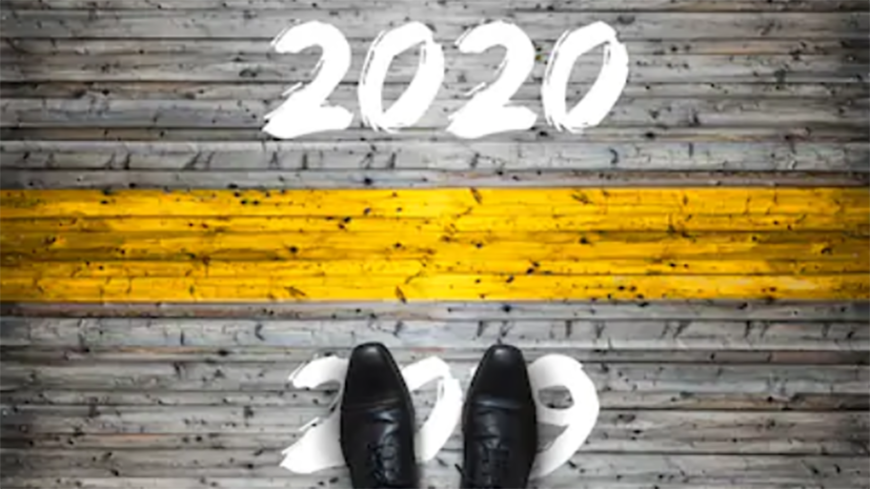
It’s time we take stock of how the digital experience realm has transformed in the last twelve months and scrutinize the trends to see how marketing teams will differentiate their brand experience and go-to-market in the coming months.
What will consumer and B2B brand leaders do differently with immersive experiences in 2020?
Here’s a quick summary of the innovations we’re keeping an eye on:
Shifting from Storytelling to “Storyliving”
The last two decades have seen marketers embrace the essence of publishing: a responsibility to create content and tell stories. From inbound marketing to drive web traffic to the world’s largest b2b conferences, everyone is producing original content in the hopes of cultivating and converting audiences. For the most part, this sea change is working. Now, immersive digital experiences are the next stage, with marketers giving customers the tools to not only passively watch but actively participate in branded content. This is the new medium being explored.
Packaging Unbounded
For CPG brands, 2020 just may be the year that we crack the code on interactive packaging and labels. From augmented reality manuals to mini-game experiences on the brick-and-mortar shelf, some major advances by well-known players in the food and beverage space are paving the way forward, showing consumer products companies a new path to engagement (and filling baskets). Especially in terms of the e-commerce connection, interactive packaging has legs.
Community Building Among Sports Fans & Festival-Goers
The sports and music realms have long leveraged in-venue digital engagement techniques, but 2020 is looking like the year that in-venue/show experiences connect up to a wider audience of non-attendee participants. Think broadcast-augmented interactive, live-streamed QR codes, WebAR and other techniques that enhance the experience for those at the event and remotely. Building a sustained community through these powerful shared moments is on everyone’s list.
Supporting the Innovation Agenda
Corporate Innovation teams charged with developing new products and capabilities are constantly seeking ways to research ideas, test hypotheses, visualize solutions in action and help develop the data necessary to validate the business case and go-forward plan. Digital experiential, such as virtual reality simulations, has a role to play at each stage – helping test and iterate, getting the concept from prototype to market-ready faster than ever before.
CSR Gets Real
Making CSR actionable is the new playing field for brands with a mission (or those who support one). Gone are the days of boilerplate mission statements and ephemeral PR – brands serious about their CSR commitments are using digital experiential to create web, mobile and location/event-specific platforms to solicit donations, rally customer support and provide pragmatic support to non-profit partners – all aimed at effecting real, measurable change.
Corporate Events & Briefing Programs Collaborate
Though separated by the org chart in most scenarios, the corporate events team and the briefing program team have a lot in common: primarily, their shared mission to engage customers and facilitate deal-making. We’re seeing these teams compare strategies and tactics and even share budgets to create content, demos and event-centric experiences that work across conferences, trade shows, and briefings to bolster each other’s individual efforts.
New Approaches to Employee Engagement
Employees are the lifeblood of any organization and our best brand ambassadors, but the statistics on employee engagement show there’s a lot of room for improvement (and done right, that will have a big impact on revenues and stock performance over time). Look to see experts in employee communications, training, and engagement to leverage VR and similar immersive techniques to conduct campaigns of relevant, timely and enjoyable experiences that matter.
